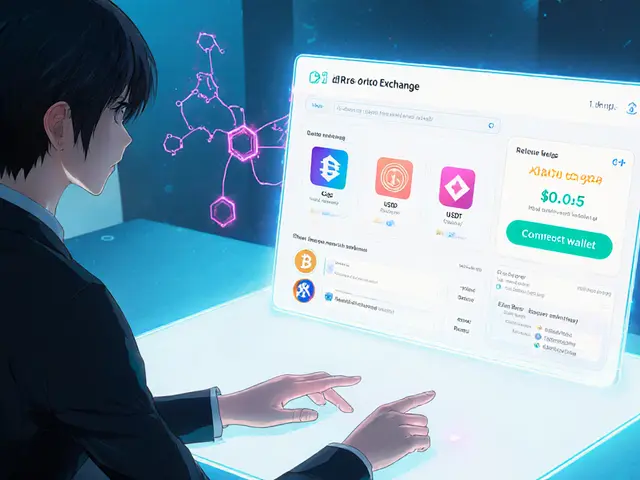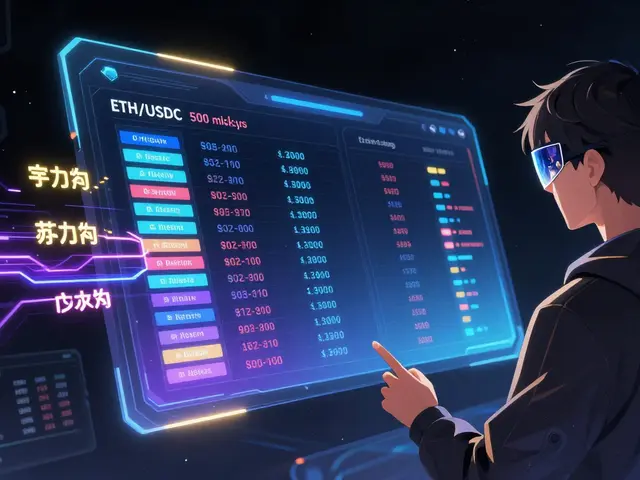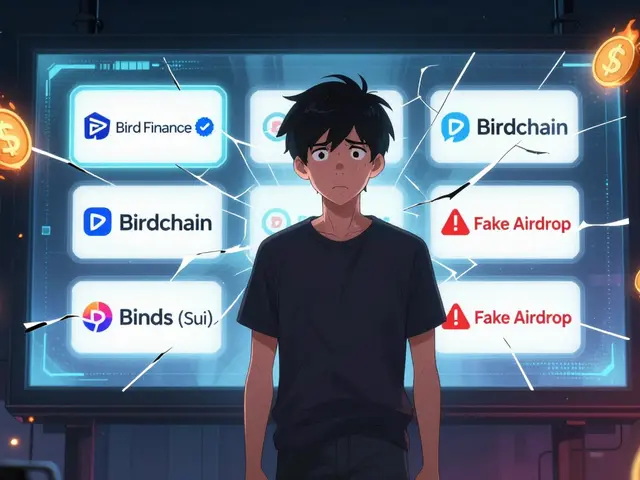Ethereum Rollup: What It Is and Why It Matters for Crypto
When you hear Ethereum rollup, a Layer 2 scaling technology that bundles hundreds of transactions into a single Ethereum proof to reduce costs and speed up confirmations. It’s not magic—it’s math, cryptography, and smart design working together to fix Ethereum’s biggest problem: slow, expensive transactions. Before rollups, sending a simple token or swapping crypto on Ethereum could cost $10–$50 in gas fees and take minutes. Now, with rollups, you can do the same for under $0.10 in seconds. That’s the difference between waiting in line at a bank and using a mobile wallet.
Rollups don’t replace Ethereum—they enhance it. Think of Ethereum as the main highway, and rollups as side roads that collect traffic, process it efficiently, then report back to the main road. This keeps Ethereum secure while letting users move faster. Two main types exist: Optimistic rollups, assume transactions are valid unless challenged, using fraud proofs to catch bad actors and ZK-rollups, use zero-knowledge proofs to mathematically prove transaction validity without needing disputes. Both cut costs, but ZK-rollups are faster and more secure, which is why projects like zkSync, Starknet, and Polygon zkEVM are betting big on them.
Why does this matter to you? If you’re trading, staking, or using DeFi apps, rollups mean lower fees, quicker trades, and fewer failed transactions. They’re why you can now play a blockchain game, swap tokens, or lend crypto without worrying about your gas bill being higher than your profit. The biggest names in crypto—Uniswap, Aave, Curve—are already moving to rollups. Even major exchanges now support them directly. And if you’re watching Ethereum’s future, you’re really watching rollups. They’re not a side project—they’re the backbone of Ethereum’s next phase.
Below, you’ll find real-world breakdowns of how rollups connect to everything from token airdrops to exchange security. Some posts dive into how rollups enable new DeFi models. Others show how scams exploit confusion around Layer 2s. You’ll see how rollups affect tokenomics, user adoption, and even regulatory scrutiny. This isn’t theory. It’s what’s happening right now—and what’s shaping the next wave of crypto.
Understanding L1‑L2 Bridges: How Ethereum Scaling Really Works
Learn how L1‑L2 bridges connect Ethereum's base layer to scaling solutions, the tech behind optimistic and zk‑rollups, security trade‑offs, and future trends.












